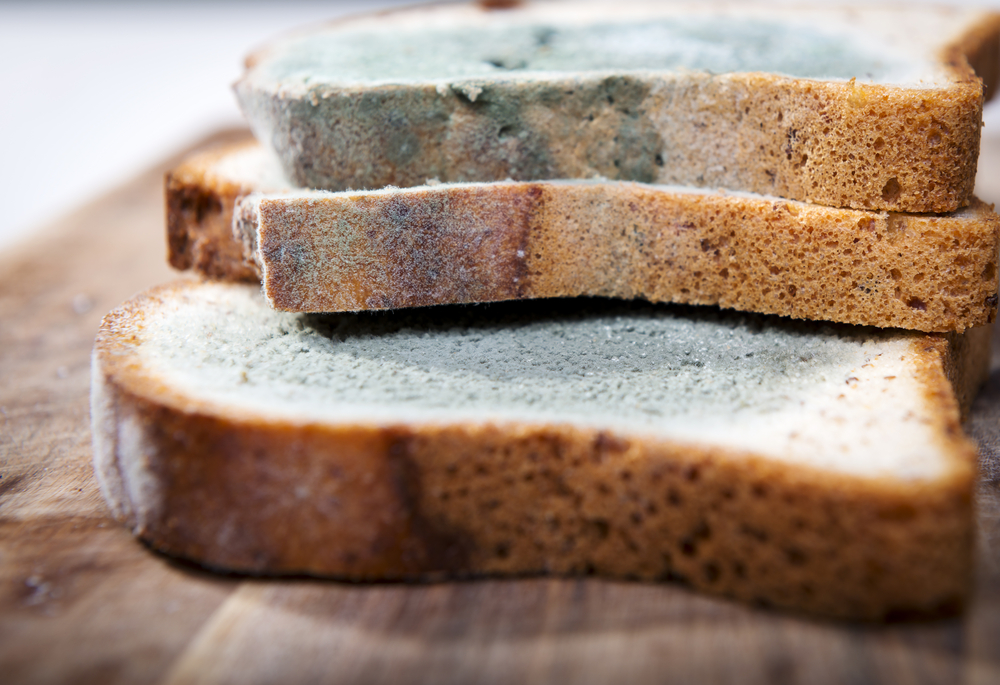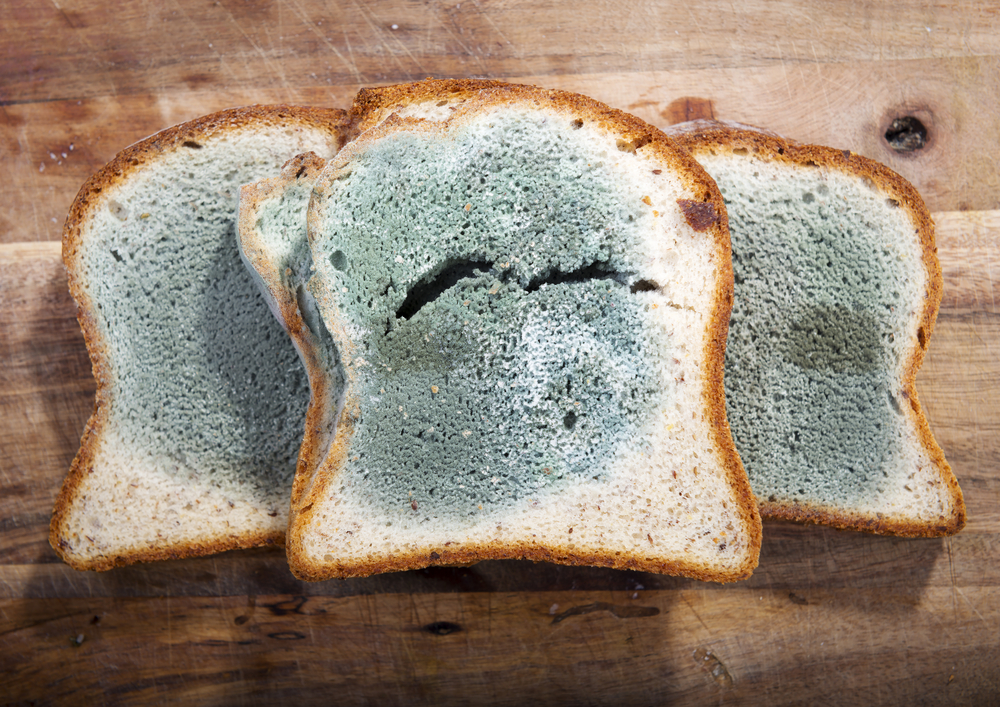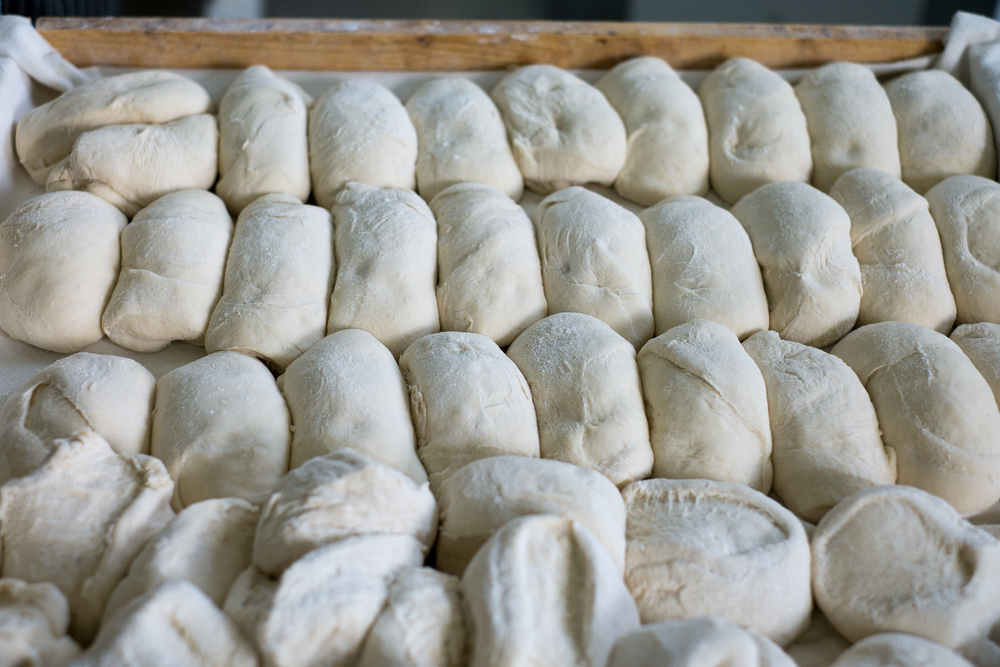It’s happened to everyone. You get a fresh loaf of bread from the store, take it home, and have a couple of slices. Time gets away from you, and when you check back on it, it’s grown brown and green splotches all over.
Sometimes, it feels like bread stays fresh for ages. Other times, it can hardly sit out for a day before it’s ruined. If you understand this sentiment, then you’ve thought to yourself before, “how long does it take bread to mold?”
How long it takes bread to mold depends on the type of bread and the setting that it’s in. Heat and humidity promote mold growth, and mold grows more readily on bread without preservatives. At room temperature, bread may mold within 3-4 days, but shelf life can be extended with temperature and environmental control.
Store-Bought vs. Homemade
Bread purchased in stores is typically made with preservatives and chemicals aimed at limiting mold growth. Ingredients like sorbic acid, calcium benzoate, and potassium sorbate extend the shelf-life of bread and prevent mold growth.

Breads made in bakeries or at home usually lack this type of preservative. Oftentimes, homemade bread may contain perishables like milk or eggs which further reduce shelf-life, especially if left at room temperatures. On breads like these, mold is more likely to grow more quickly.
Temperature and Storage
The most important factor in keeping mold from growing on bread is the environment the bread is stored in. If the bread is left open on the counter on a hot, humid day, it is much more likely to grow mold than when stored properly.
The shelf life of fresh bread is anywhere from 3-7 days at room temperature depending on whether the bread has preservatives in it. The shelf life of bread can easily be doubled if stored in the fridge. Bread stored in the freezer can last up to 6 months.

Conclusion
While it can be frustrating to discover, bread can mold quickly if left out. Bread without preservatives at room temperature can mold within 3-4 days. Bread once moldy should never be consumed, as mold can spread through the whole loaf and does not need to be visible.
Related Questions
How do you tell if bread has gone bad?
There are a few telltale signs that bread has gone off. Bread may be bad if it is growing mold, has an unpleasant taste or texture, or has gone hard.
What kind of mold grows on bread?
Many different kinds of mold grow on bread. Different fungal spores can find the bread and begin consuming it and reproducing, forming mold. Common types include Rhizopus, Penicillium, and black bread mold.
Can you eat moldy bread?
Once mold is visible on bread, it should not be consumed. While some types of mold are harmless, others produce myotoxins which can be poisonous. Differentiating between the types of mold are difficult to impossible, so once moldy, bread should be thrown out.







